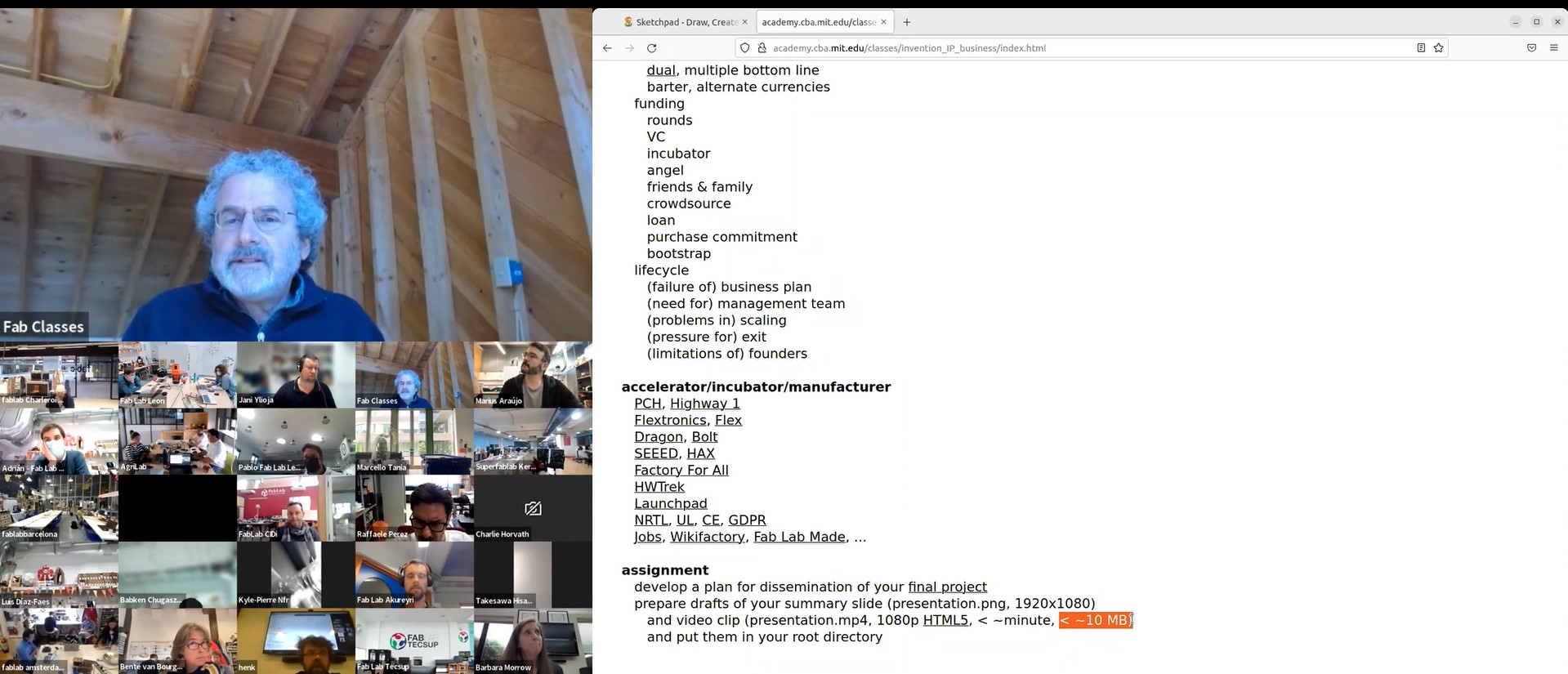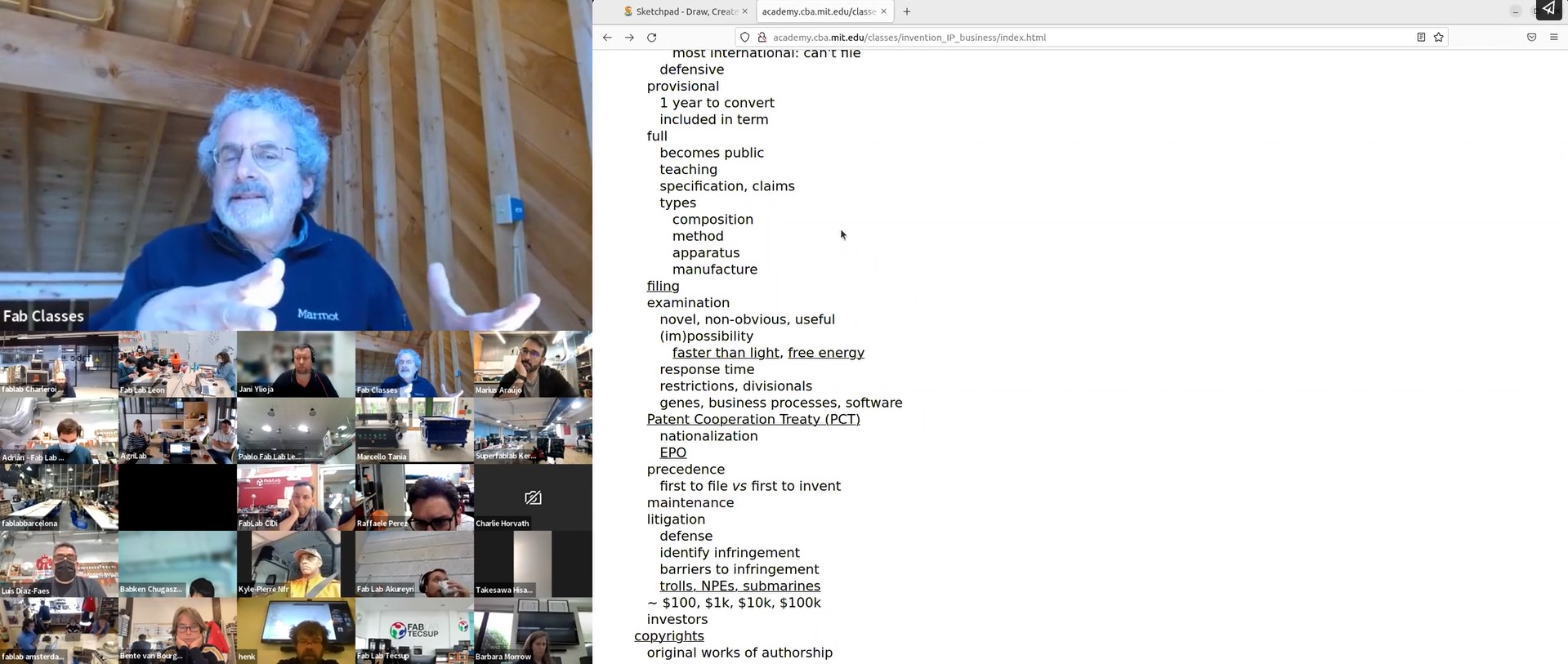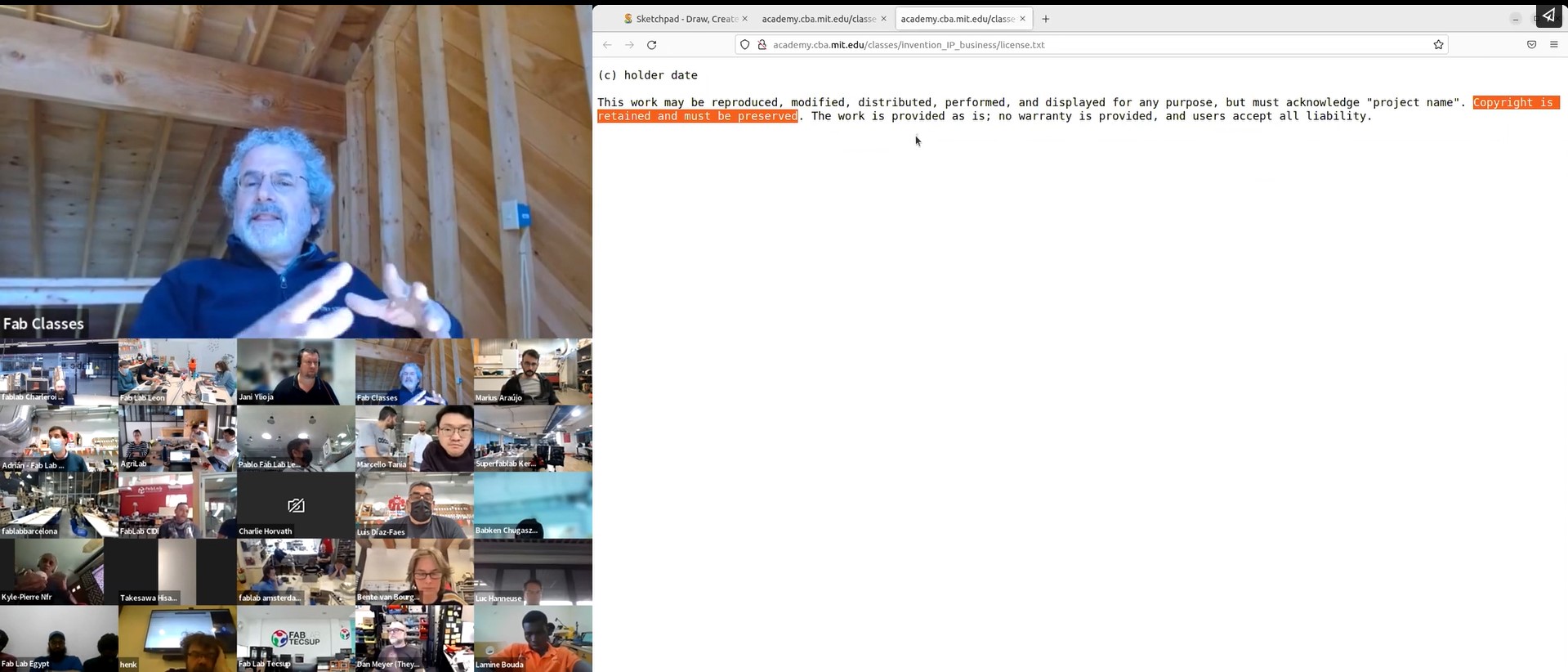Week 17
- Category: Invention, Intellectual Property, and Income
- Sessions Date: 24th Jun, 2022
- Assignment:
- Finding Licensing and Dessemination Method for Final Project
Week Assignment
The assignment for this week was something that interests me. We were introduced to various types of licenses that can be used to register our project. The task that we had to carry out for this week was to decide on the way we wanted to disseminate our final project (e-rachu).
Invention
The physical construction of a new thought or idea is referred to as invention. It is also described in Nesta's innovation policy as "the formulation of a concept to do or manufacture something without proof that it works or is financially viable. Invention cannot exist without creativity, yet creativity alone is insufficient to effectively develop an idea.
Intellectual property is a wide term for the collection of intangible assets held and legally protected by something like a firm or individual from unauthorized use or application. An intangible asset is a non-physical property owned by a firm or individual.
Intellectual property refers to the idea that some products of human intelligence should be protected in the same way that physical property, often known as tangible assets, is. The majority of industrialized economies have legislative safeguards in designed to safeguard both types of property.
Types of Intellectual Properties
- Patents
- Copyright
- Trademark
- Trade Secret
The patent is a property right issued to an investor by a government body such as the United States Patent and Trademark Office. The patent grants the creator sole ownership of the invention, which might be a design, procedure, improvement, or physical innovation such as a machine. Patents for designs are frequently held by technology and software businesses.
Authors and producers of original content have the sole right for using, copy, or replicate their work under copyright. Book authors, like musicians, hold copyright on their works. A copyright also specifies that the original authors can offer anybody permission to utilize the work through a license agreement.
A trademark is a recognized symbol, phrase, or emblem that identifies a product and legally distinguishes it from other items. A trademark is issued to a firm exclusively, which implies that the business owns the trademark and no one else may use or reproduce it. A trademark is frequently linked to a company's brand.
A trade secret is a corporation's procedure or technique that is not public knowledge and gives a financial benefit to the company or trade secret holder. Trade secrets, which are often the outcome of a firm's research and development, should be actively protected by company.
Since the introduction of social media, customers have increasingly dictated trends rather than companies. Social media has caused people to embrace and abandon fashion trends faster than ever before, and manufacturers should keep up with the forecasts to satisfy their customers.
Instagram now has approximately 1 billion monthly users and more than 100 million photographs shared everyday. Can you fathom how powerful these visuals are? In reality, they impact three-quarters of transactions and are frequently pushed by firms that partner alongside stars and their entourage. I plan to disseminate my scarf through the usage of social media. Further, if possible the project will be showcased in the following places: presentation to the Textile Manufacturers Bhutan to show them how our tradition can be combined with the expanding technologies. Showcasing the project and its outcomes to the interested organizations to gain their support is one of the primary goals.
Licensing
This work is licensed under a Creative Commons Attribution 4.0 International License.
A Creative Commons (CC) license is one of numerous public copyright licenses that allow for the unrestricted dissemination of a copyrighted "work."A CC license can be used when a writer want to provide others the right to share, utilize, and build upon his or her work. CC gives an author freedom (for example, they may opt to allow only non-commercial uses of a certain work) and protects individuals who use or redistribute an author's work from copyright infringement as long as they follow the criteria indicated in the license under which the work is distributed.
Creative Commons licenses are classified into numerous kinds. Each license differs in various ways that affect the terms of distribution. They were first made available on December 16, 2002, by Creative Commons, a non-profit organisation based in the United States that was created in 2001. The suite of licenses has likewise gone through five iterations, numbered 1.0 through 4.0. The most recent licensing suite is 4.0, which was released in November 2013. Whereas the Creative Commons license was founded on American law, there are currently multiple Creative Commons jurisdiction ports that accept worldwide laws.
Which means that you are free to
- Share — copy and redistribute the material in any medium or format.
- Adapt — remix, transform, and build upon the material for any purpose, even commercially.
- This license is acceptable for Free Cultural Works.
- The licensor cannot revoke these freedoms as long as you follow the license terms.
Under the following terms:
- Attribution — You must give appropriate credit, provide a link to the license, and indicate if changes were made. You may do so in any reasonable manner, but not in any way that suggests the licensor endorses you or your use.
- No additional restrictions — You may not apply legal terms or technological measures that legally restrict others from doing anything the license permits.
Notices
- You do not have to comply with the license for elements of the material in the public domain or where your use is permitted by an applicable exception or limitation.
- No warranties are given. The license may not give you all of the permissions necessary for your intended use. For example, other rights such as publicity, privacy, or moral rights may limit how you use the material.
With the open source license, the program and project can be replicated by any individual that serves their purpose.
Development of Project Presentation
This week's objective is to create a one-page slide that will be used in conjunction with a one-minute clip for the final presentation.
The following specs are provided: (presentation.png, 1920x1080) and Video clip (presentation.mp4, 1080p HTML5, minute, 10 MB). I created the slide using Power Point and the movie using iMovie, as seen below:

Presentation.mp4.
Future Scope
In order to improve the project, the following need to be done:
- Make a mobile application that can be used to change the intensity and the frequency at which the LED brightens or flickers respectively
- Make the e-rachu rechargeable and have an indicator that indicates the available battery percentage
- Incorporate more features into the e-rachu
Files
Presentation VideoPresentation Slide



